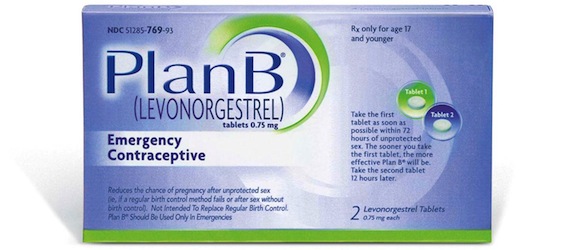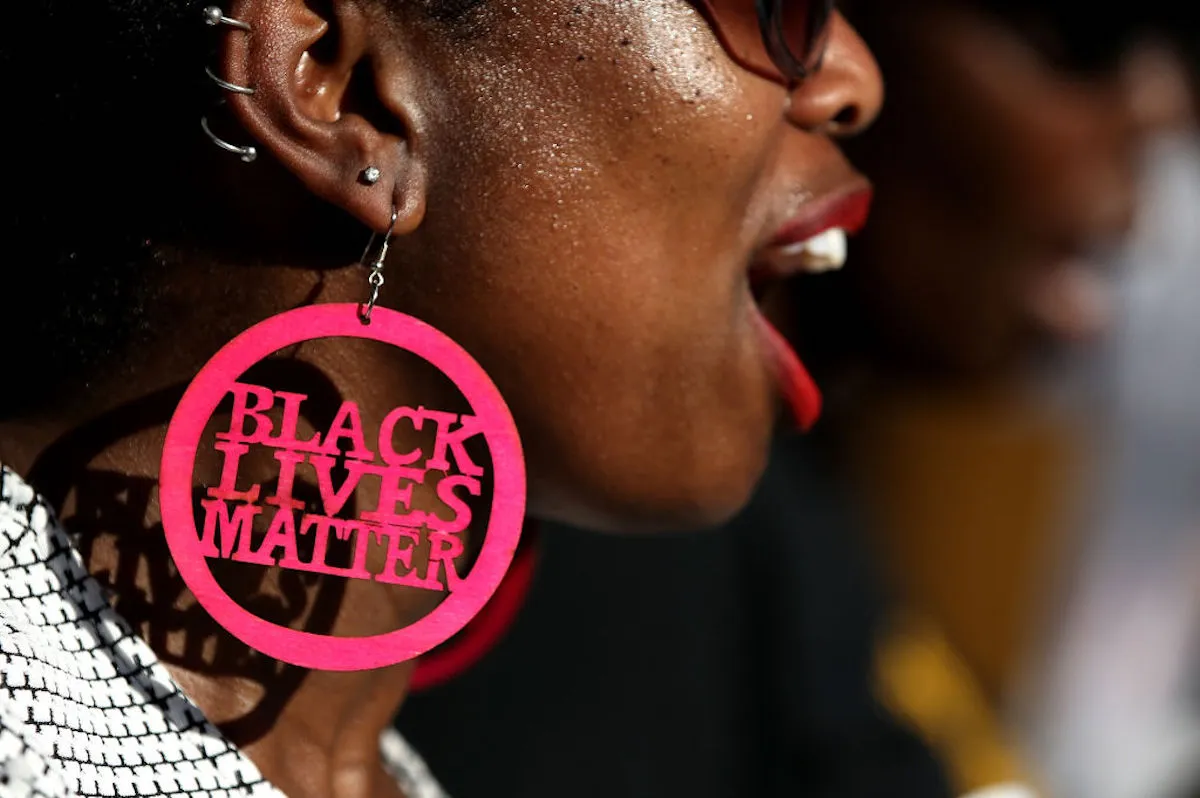Whenever amendments, resolutions, and other such proposed laws attempt to strictly include fertilized ova as persons in attempts to make abortion illegal, it is pointed out, and rightfully so, that not only does medically defined pregnancy not begin until that fertilized ova travels down its Fallopian tube and implants in the wall of the uterus, that the majority of birth control methods prevent implantation, rather than fertilization. Meaning, that such personhood amendments would actually outlaw an overwhelmingly large number of birth control options for women. Plan B, and other “morning-after” pills, however, usually get left out of those discussions, since it’s generally understood and even written on the box that they flat out prevent the implantation of fertilized ova instead of preventing fertilization.
But as the New York Times recently looked into, scientific studies show that morning after pills don’t work that way, and the FDA was straight-up labeling the boxes wrong.
According to studies done before Plan B, the first of the morning after pills, was approved by the FDA, Plan B did not keep fertilized eggs from attaching to cultured layers of uterine cells, and more recent scientific studies have disprooved the “works by preventing implantation” theory definitively. What the drug actually does, conclusively, is delay ovulation. See, to put it bluntly, it takes a few days for sperm to swim up the Fallopian tubes, find an ovulated egg, get into position, and then fertilize it. Morning after pills typically delay ovulation for a few days, until any sperm will have exceeded their use-by date, with a big dose of a hormone, while some also thicken uterine mucous to make it harder for sperm to swim around. During all that, ladies can look forward to dizzyness, nausea, and any and all other symptoms of being close to or on your period. But the drug only works if you haven’t ovulated yet. Women who have already ovulated before taking the morning after pill still get pregnant because there’s already an egg in their Fallopian tubes for sperm to get to, and it can still implant in the lining of her uterus.
Why did the FDA mislabel the description of morning after pills, despite lack of scientific proof and against the objections of the folks who made the pill in the first place? Naturally, the FDA declined to comment, but the New York Times had this to say:
Experts say implantation was likely [cited as being prevented by Plan B] on the label partly because daily birth control pills, some of which contain Plan B’s active ingredient, appear to alter the endometrium, the lining of the uterus into which fertilized eggs implant. Altering the endometrium has not been proven to interfere with implantation. But in any case, scientists say that unlike the accumulating doses of daily birth control pills, the one-shot dose in morning-after pills does not have time to affect the uterine lining.
Naturally, government agencies and other medical sites that have updated their information on morning after pills to reflect the recent studies done on the drugs are coming under fire from anti-abortion activists, who you’d think would be happy that scientists had proven that there were actually less readily available over-the-counter ways for women to kill fertilized eggs. The New York Times article on it is long and contains a lot of information on the science and the FDA’s label, you can read the whole thing here.
(via Discovery Magazine.)







